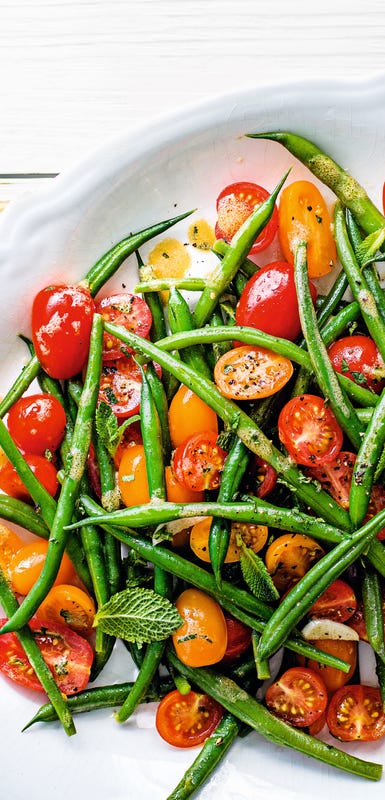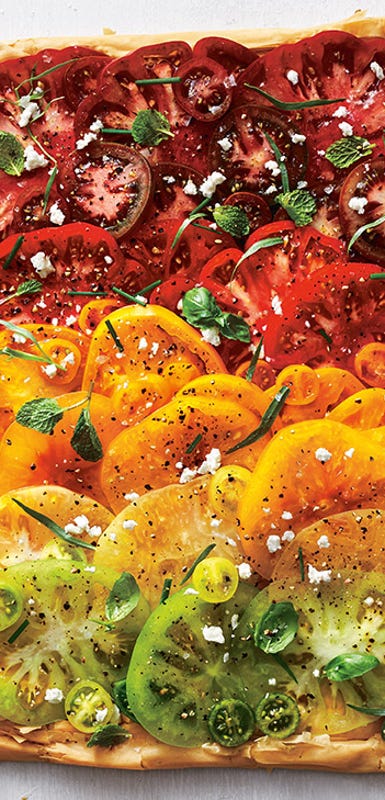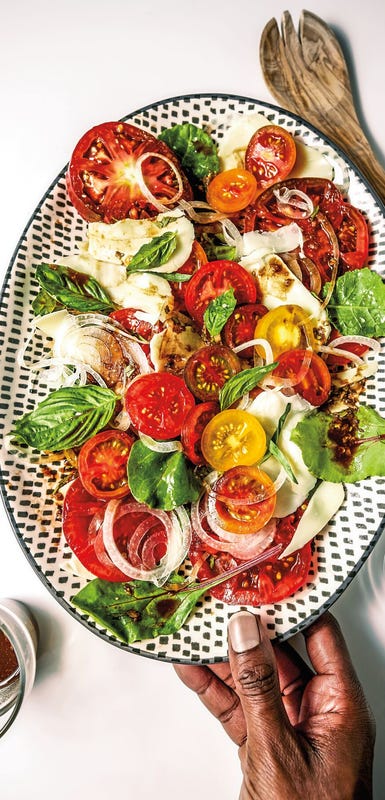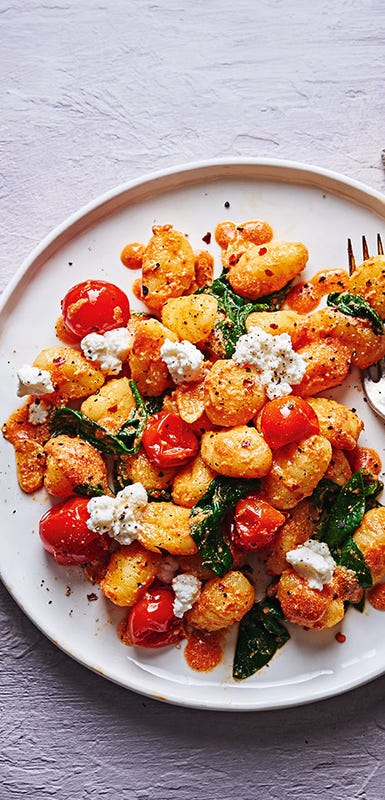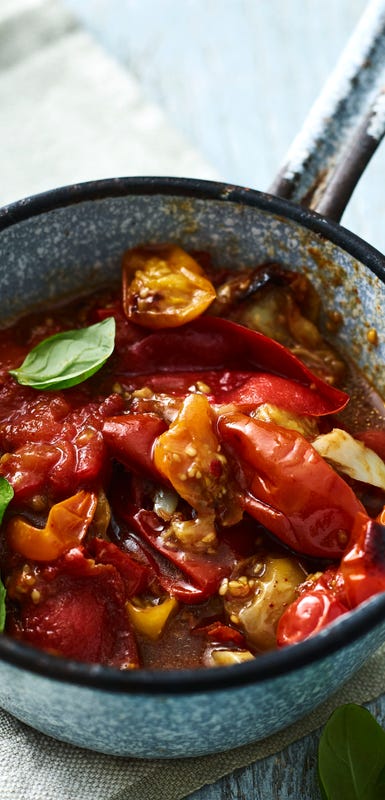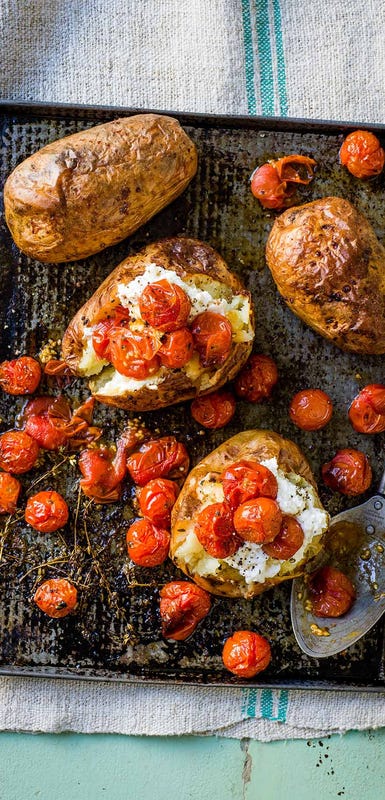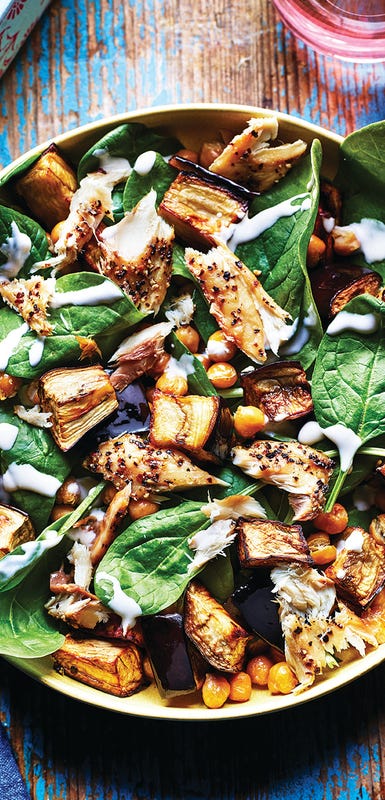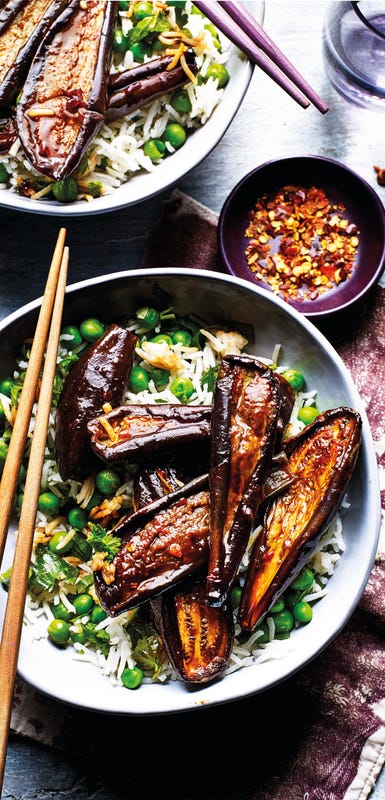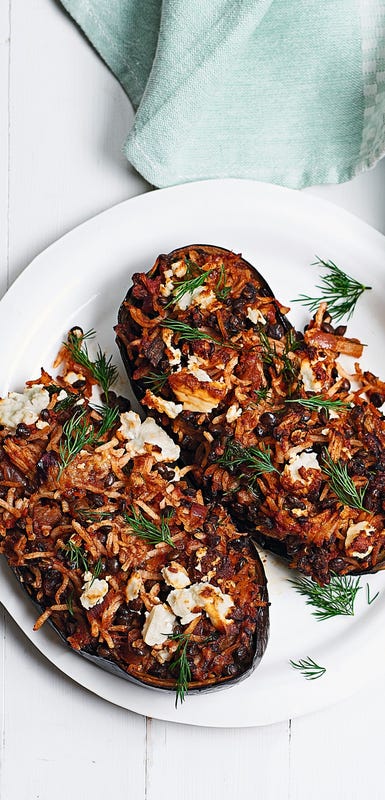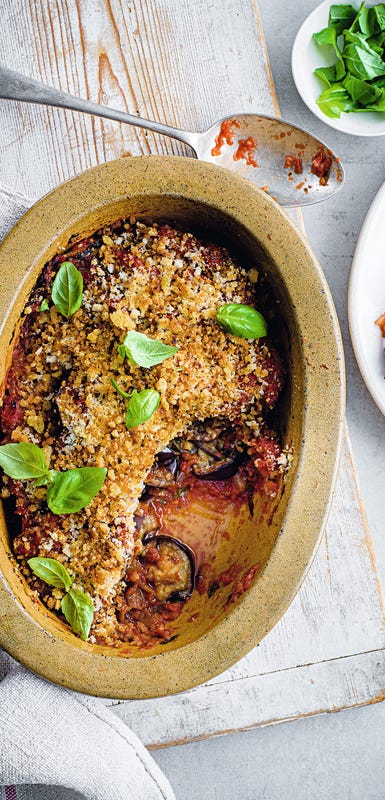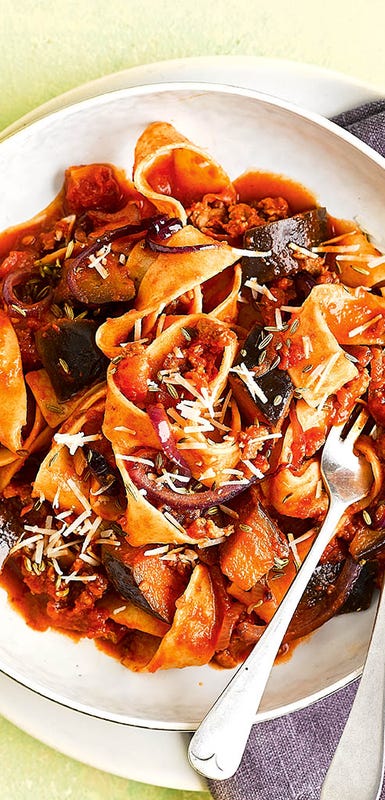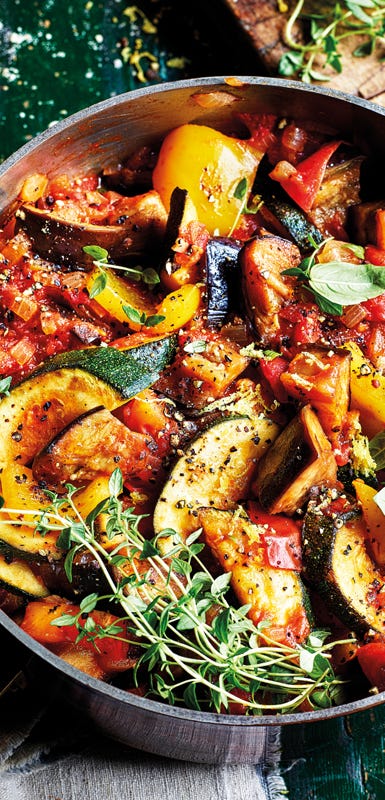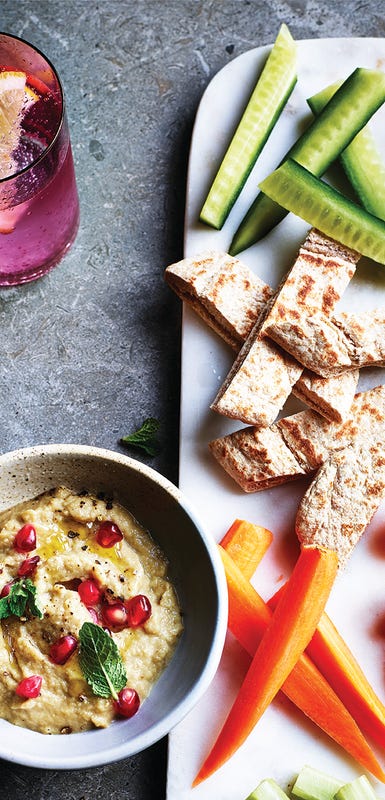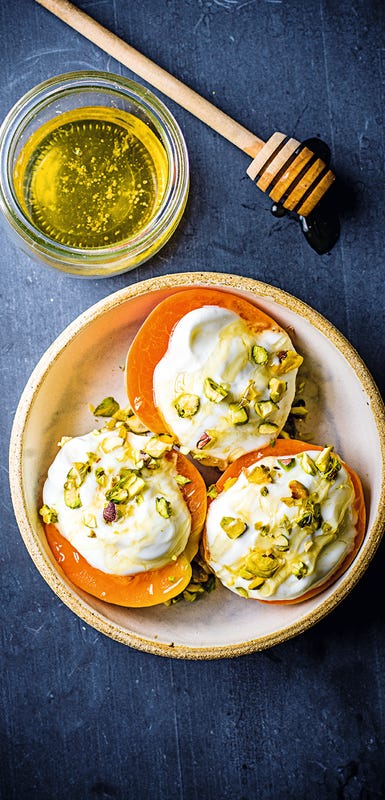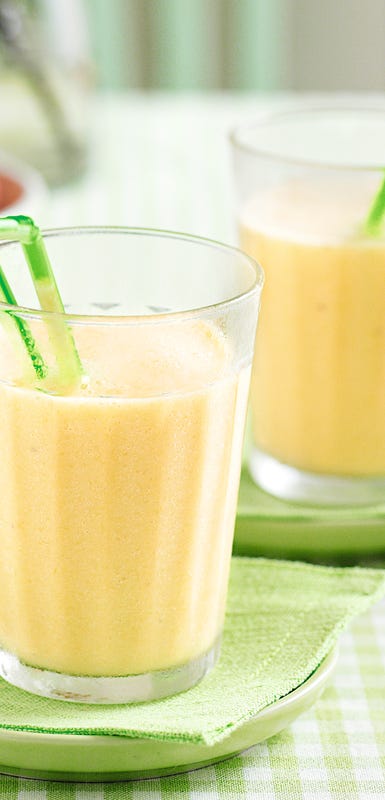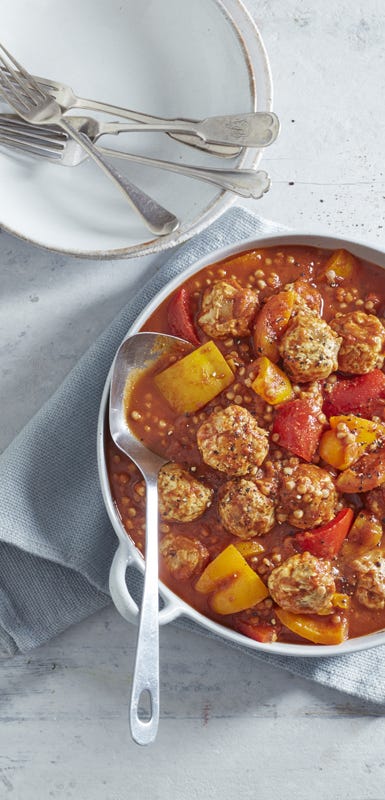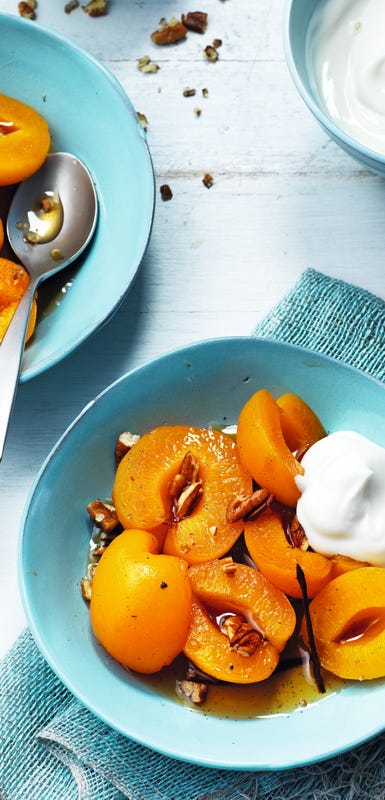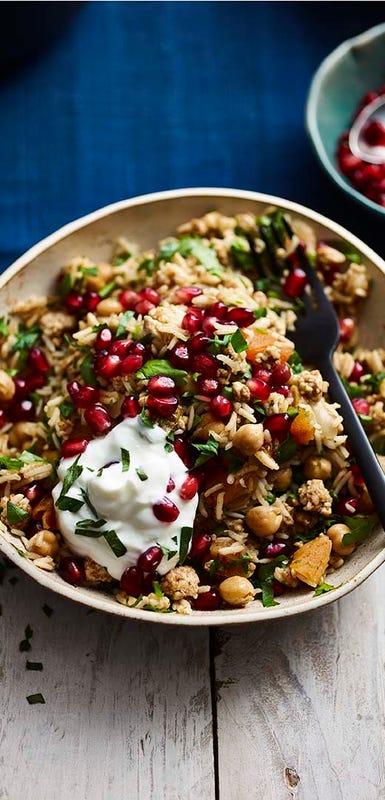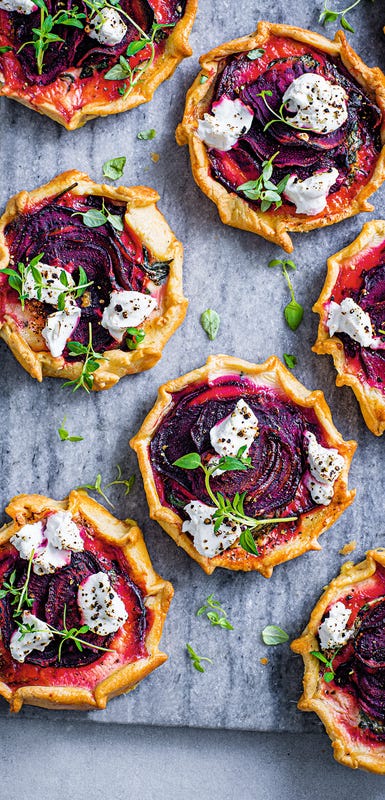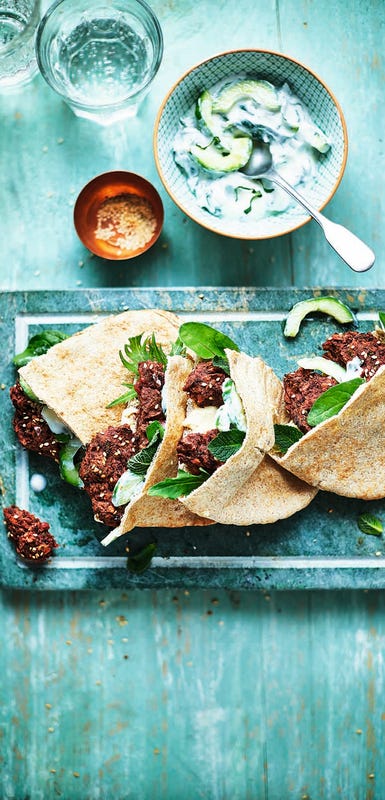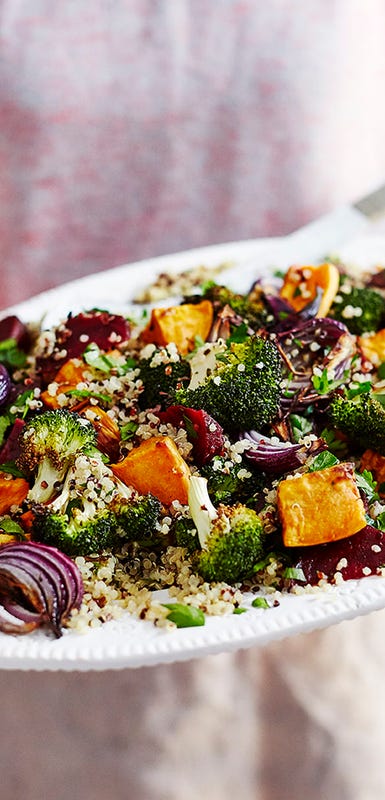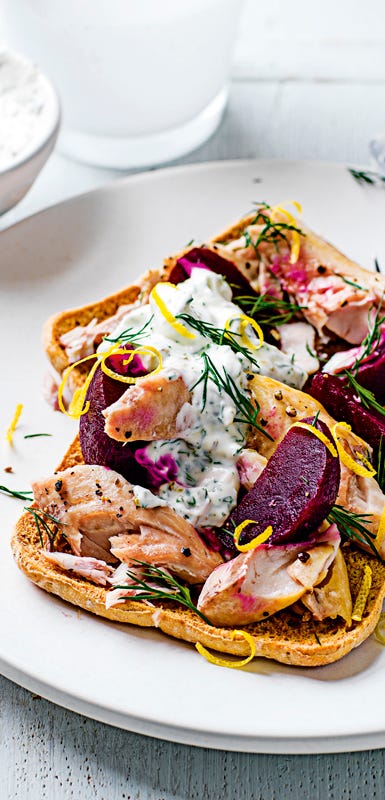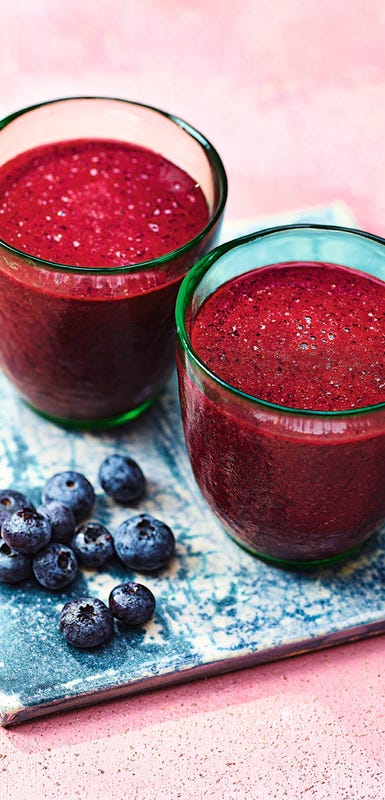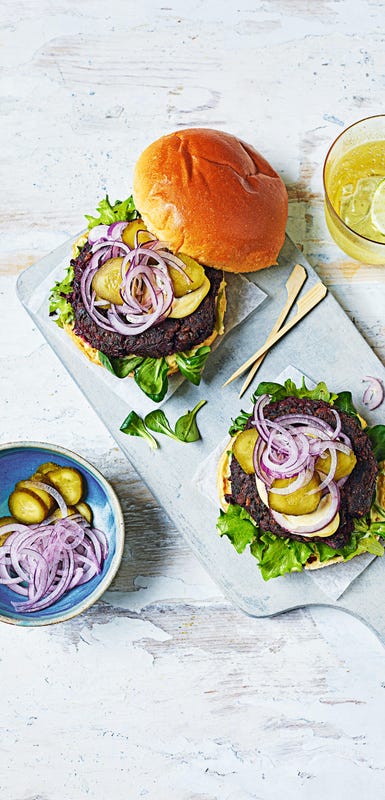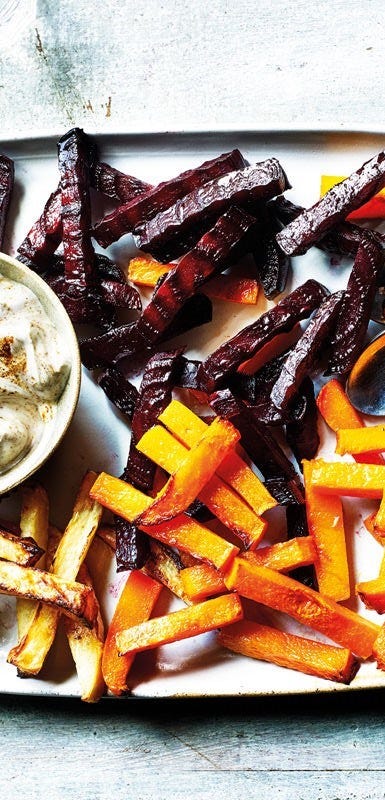30 ways to enjoy July’s best fruits and veggies


July is such a vibrant month: on average it's the warmest month in the UK… bringing about long days, summer holidays and a range of sporting events. It's also National picnic month, and from 2nd July 2021 its National BBQ week! Luckily there is a huge range of fresh seasonal produce which lend themselves perfectly to picnic & BBQ recipes as well as the everyday. Read on for our best tips to buy, store, and use some of our favourites: Tomatoes, aubergine, apricots & beetroot.
Tomatoes
Tomatoes are botanically a fruit, but widely considered a vegetable. When purchasing tomatoes, choose firm, heavy, fragrant ones and avoid any with soft spots or black marks. (Note: this applies to regular tomatoes. Marks and scars on heirloom varieties are fine.) Visit produce markets for a wide variety of just-harvested, sweet, and ripe options. Supermarkets often pick and refrigerate immature fruit, which means your tomatoes can be mealy and have less flavour. Which brings us to an important point: do not refrigerate whole, ripe tomatoes. Instead, store them at room temperature for three to four days for the best texture and flavour. Tomatoes are a good source of vitamin A and C, and also contain significant amounts of the antioxidants lycopene and beta-carotene.
Our best tomato recipes
Aubergine
Another veggie/fruit combo, aubergine is also botanically a berry, but most commonly used as a vegetable in a variety of dishes from curries, stews and salads. They come in a variety of colours, shapes and sizes. Aside from the familiar rich-purple aubergines, there are smaller varieties called Asian, Chinese, or Japanese, which are more slender, thinner-skinned, and less likely to be bitter. No matter which type you choose, all aubergines should be plump and firm with smooth, glossy, unblemished skin, and fresh-looking green “caps.” Refrigerate eggplants in your crisper drawer and use them within two to three days.
Apricots
A stone fruit, that is a relative of the peach, cherry, nectarine & plum. Apricots have a soft velvety skin, which varies in colour from pale yellow to bright orange. For maximum flavour opt for the orange varieties and avoid those with wrinkled or blemished skins, unless you are just stewing them. If the apricots aren’t completely ripe when purchased, then store at room temperature for a few days. Store ripe apricots in the fridge. Recipes which call for dried apricots or tinned apricots, can be replaced with fresh apricots when in season. For instance, try the tagine, salad or smoothie below using fresh apricots. Just remember to destone them first, then chop finely (for stews and salads).
Beetroot
An earthy, vibrant, nutritional powerhouse root vegetable. Beetroot is packed full of vitamins, minerals, and antioxidants. Beetroot may help improve blood pressure and may help with sport performance and energy levels. (especially beetroot juice). Beetroot can be eaten raw (peeled, and grated into salads or coleslaws), or cooked (roasted/simmered). Fresh beetroot should be stored in a cool/dark place or you can also buy vacuumed packed beetroot, which can last a while in the fridge. When choosing fresh beetroot, go for those that have fresh stalks and firm roots.
Also still in season: Asparagus, rhubarb, strawberries, raspberries, cherries, new potatoes, broccoli, carrots and courgette.


